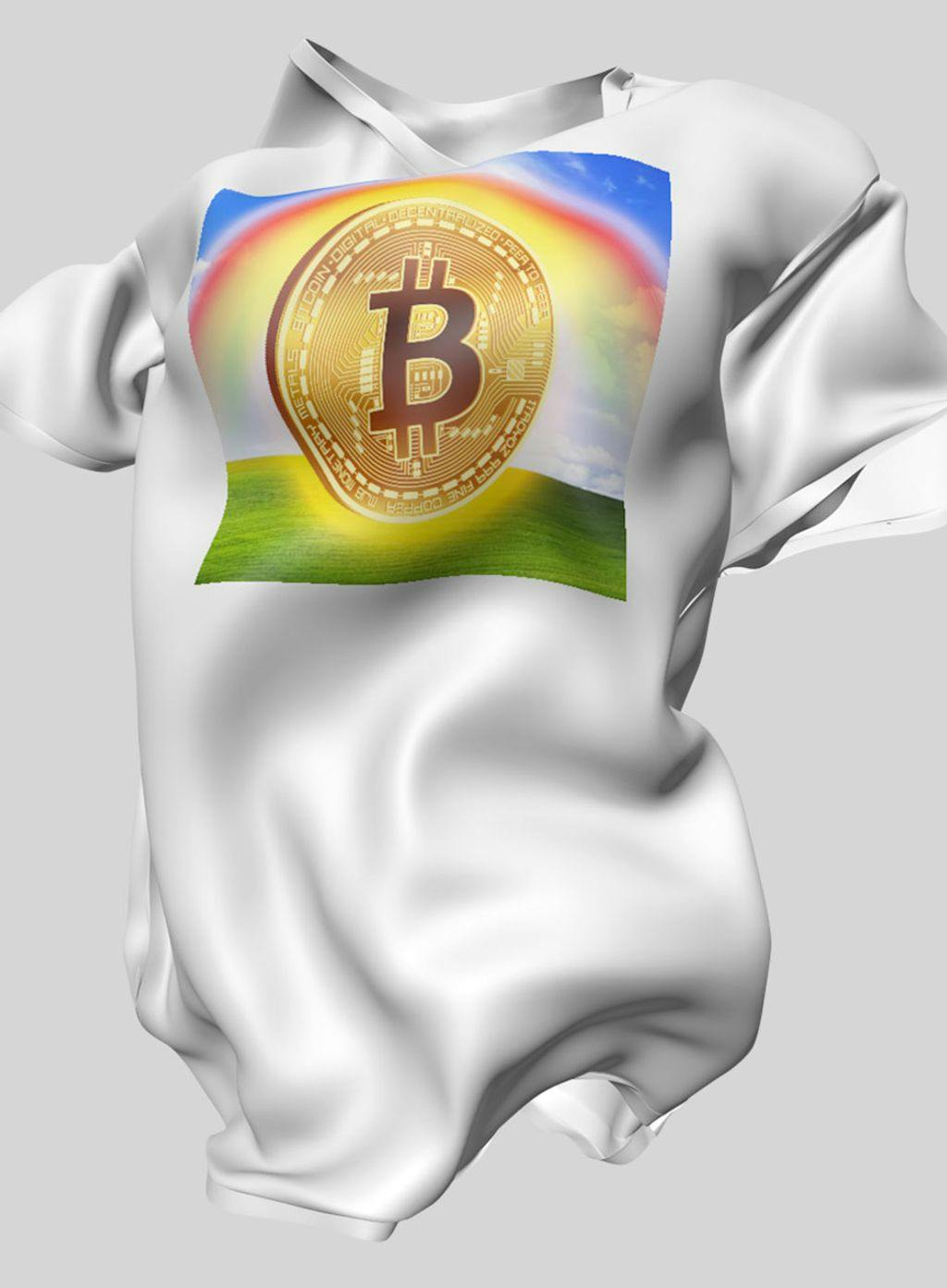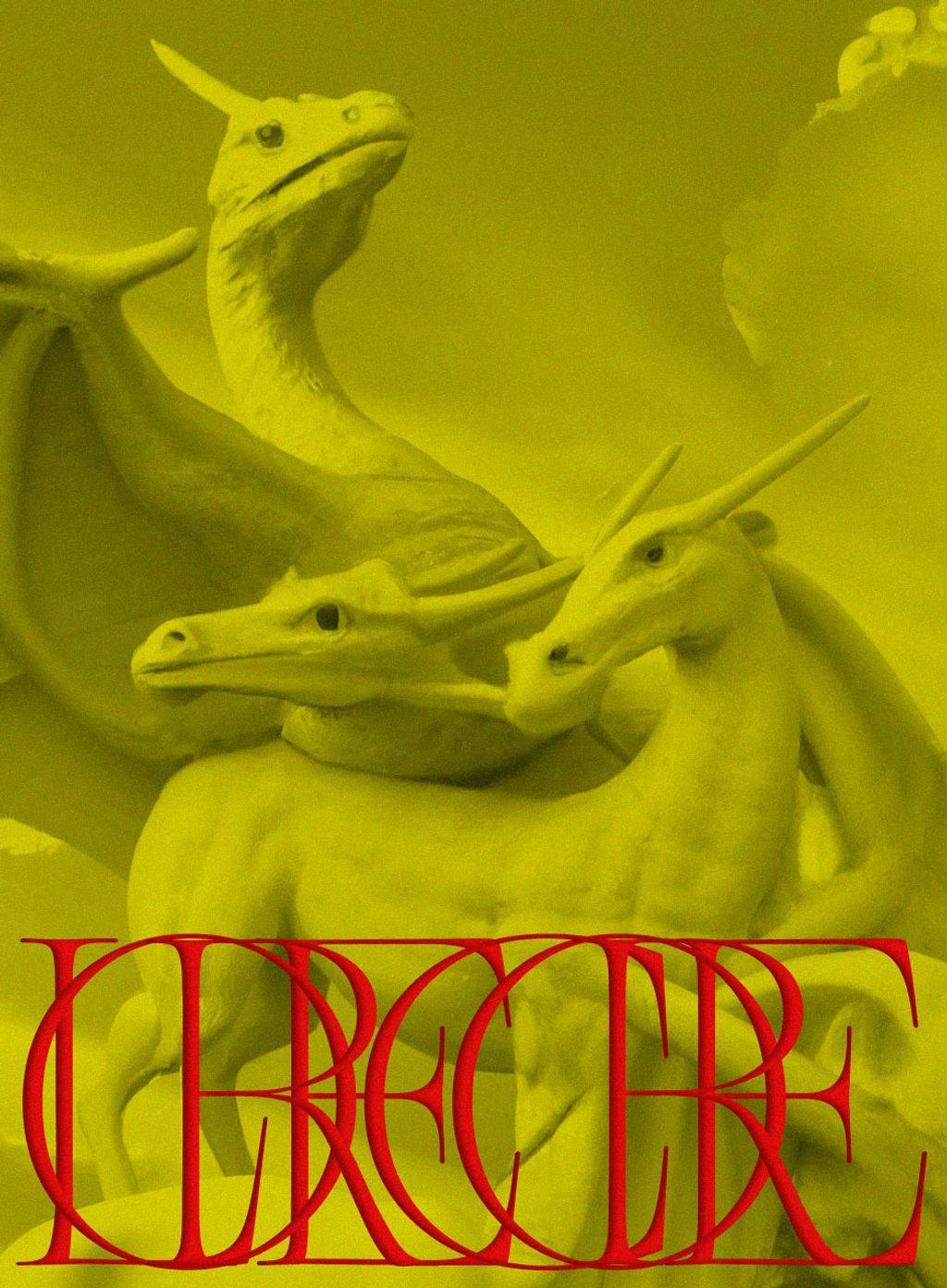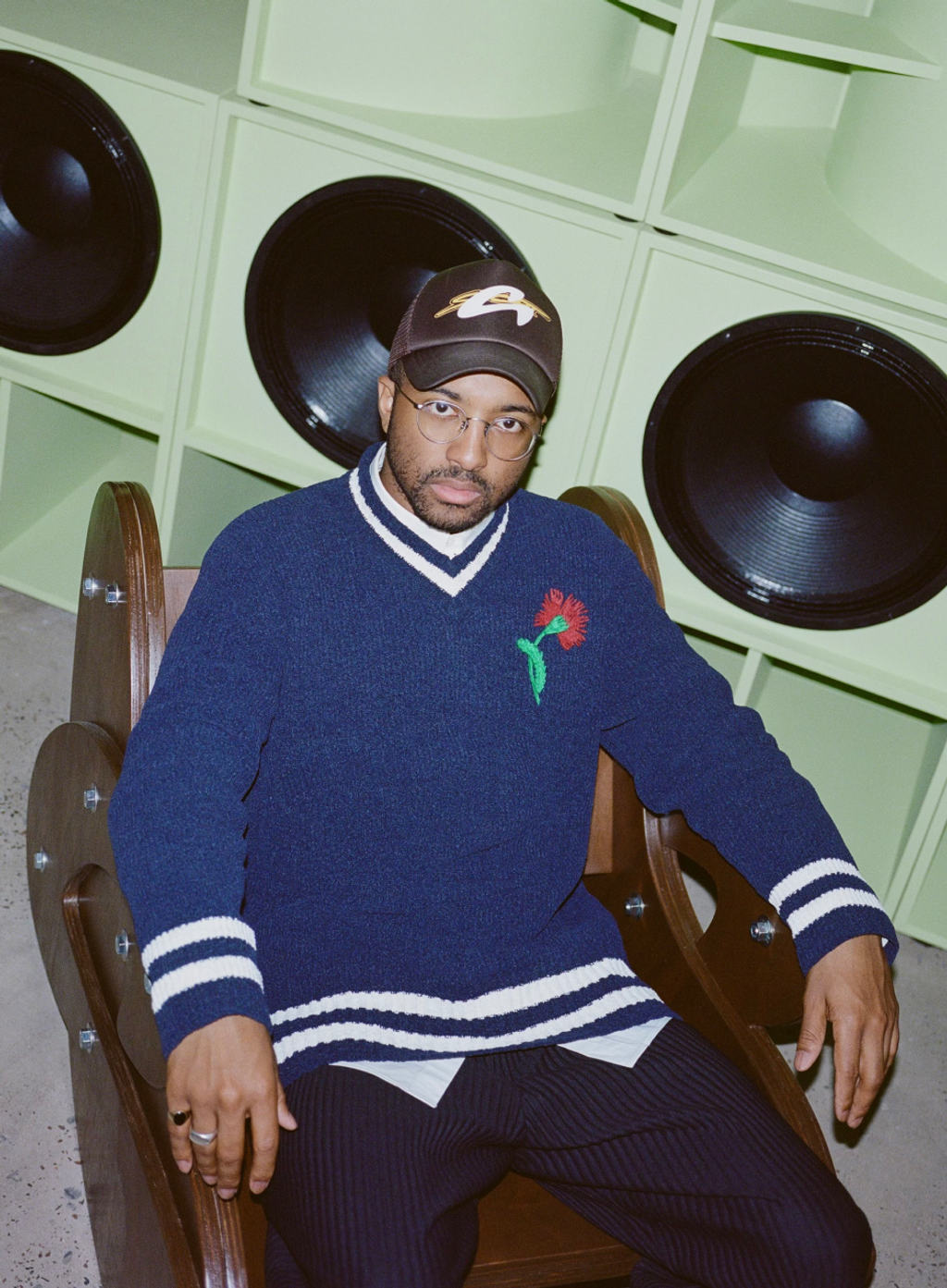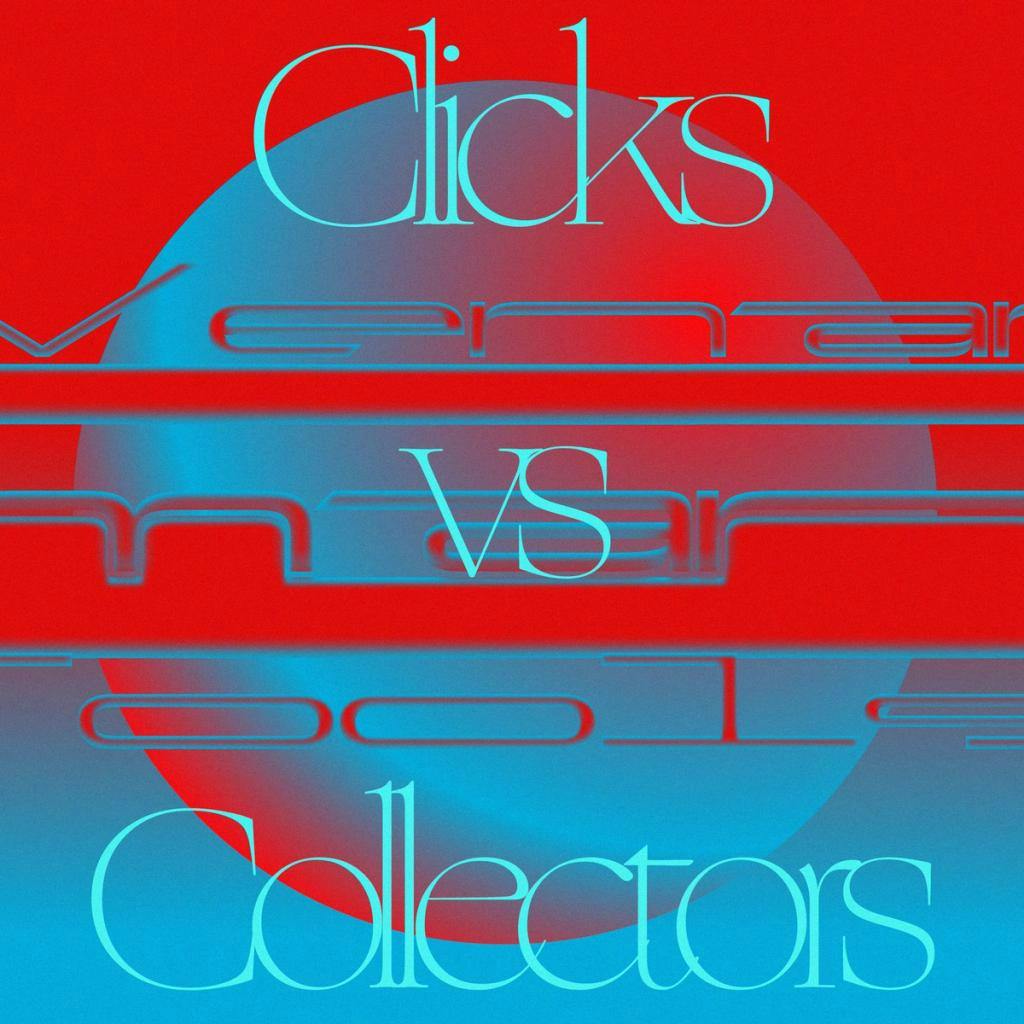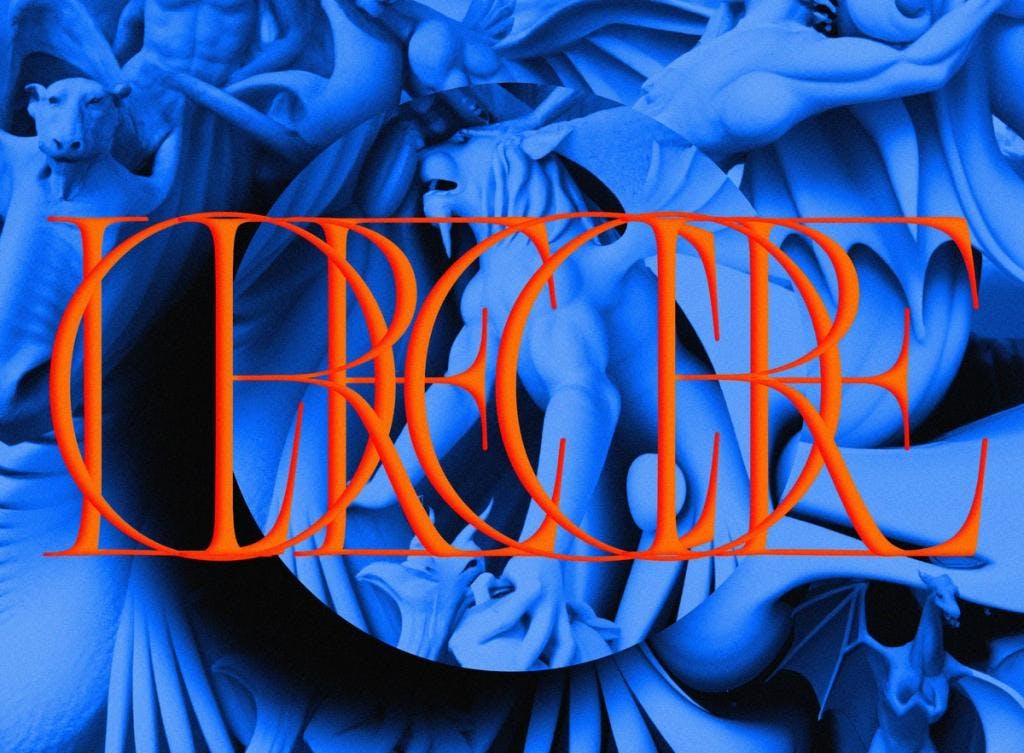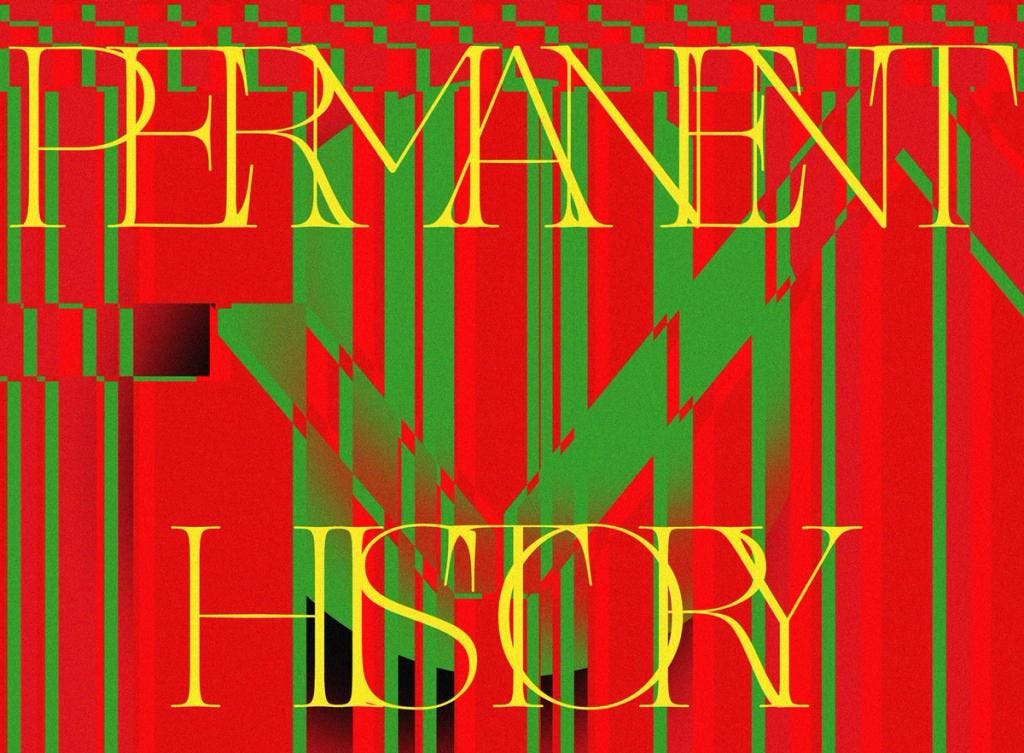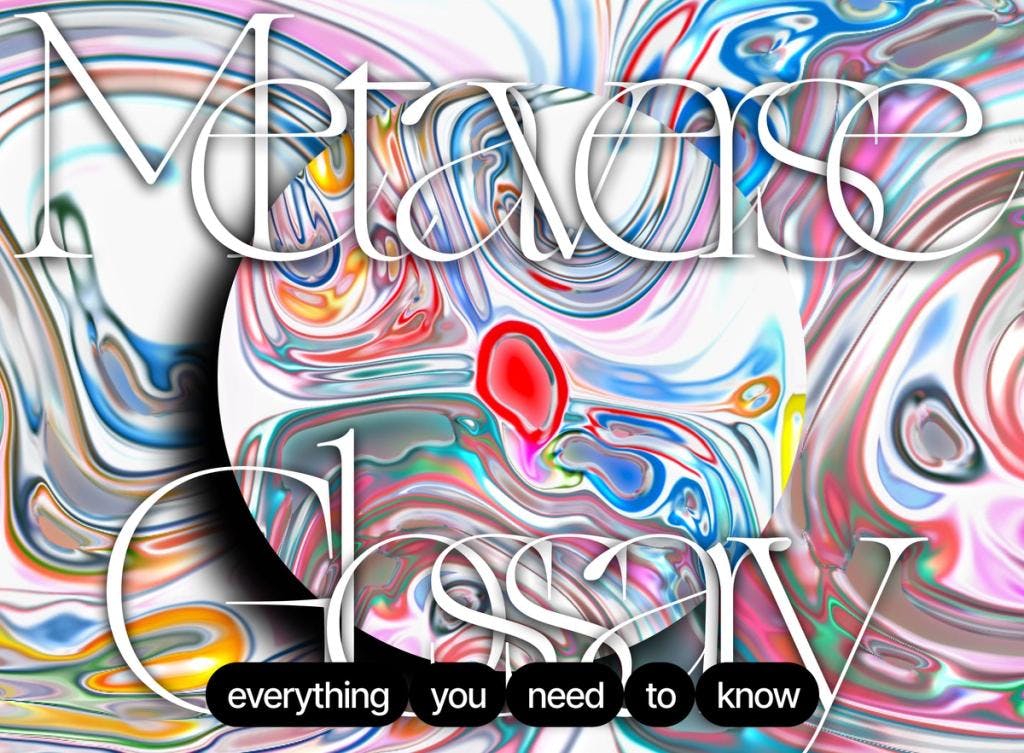

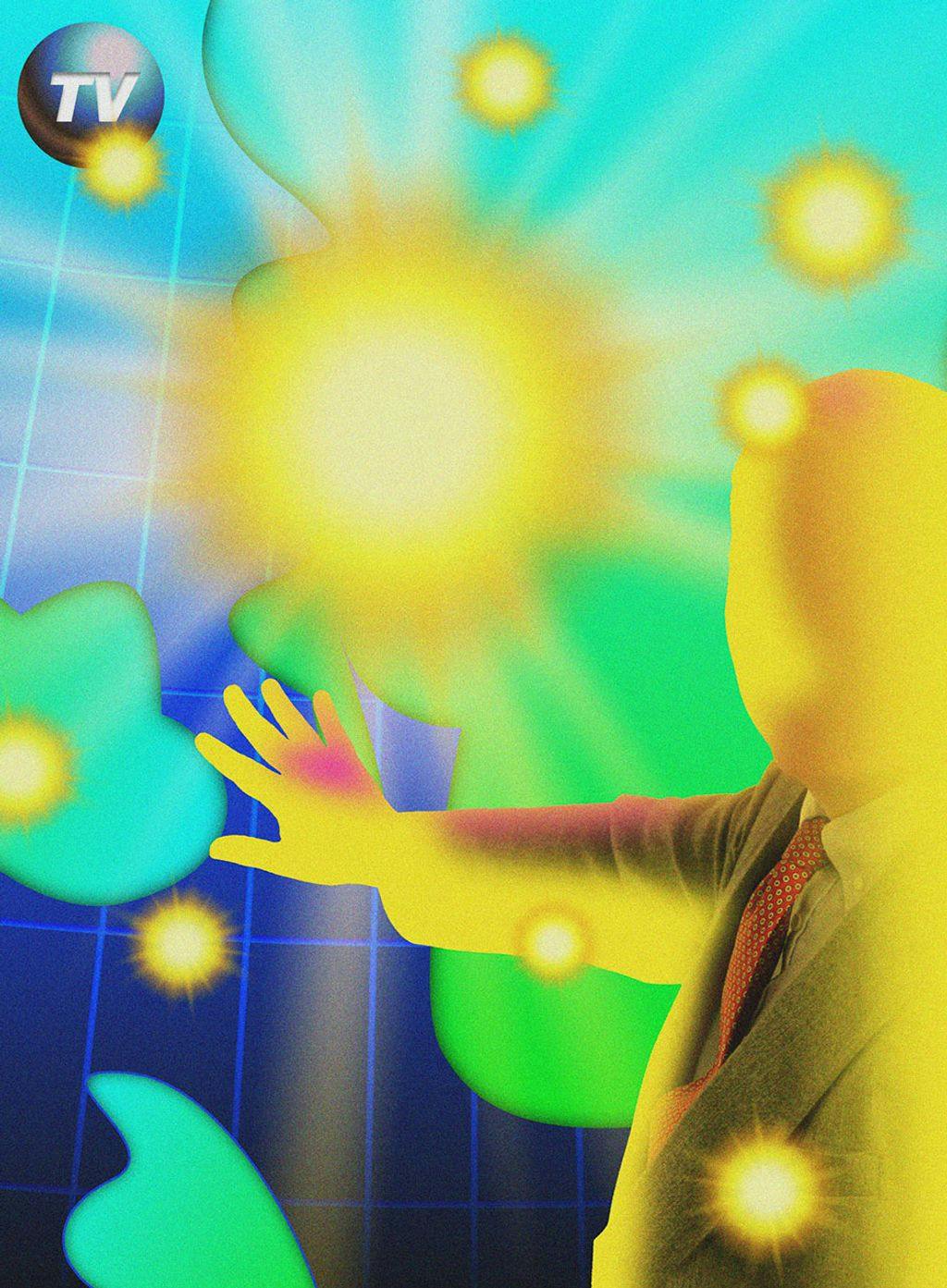

TheGreatUnravelling
The Great Unravelling
Regarding the fine line between skepticism and pessimism, and optimism and desperation
Web3 sounds good. It feels like a better version of Web2. The first time I heard the term, it was easy to imagine a crowd of investors and technologists migrating from one office into a bigger one. Over time, the space would get more crowded, more popular, until eventually Web3 was its own buzzing ecosystem and Web2 was just a memory. Like an operating system update or a new iPhone release, the innate sense of linear continuity in the name “Web3” does a lot of the heavy lifting to sell the concept through. If a number goes up, then it must be next.
People tend to think in a linear fashion: Playstation One, Two, Three, Four, Five. We like to believe that things improve over time: a business is only succeeding if it’s more profitable each year; churches become nation states and build walled cities. Being part of a greater narrative with a promising future is comforting. It creates the space where middle-class fantasies thrive, where small amounts of risk and ambition commingle to keep dreams alive. The belief that things are cumulative rather than random is a kind of faith we all hold in order to cope with an otherwise chaotic universe.
During the peak of the bull run, Web3 was positioned as something inevitable. A more liberated and networked world with its own independent economy was attractive to visionaries, everyday people, and retail brands alike, creating a diverse community of people who had little in common other than the desire to “make it.” For a time, one could easily throw money into this crowded room and profit from the rising tide. And as the space became more populated, the differences between people’s identities and agendas seemed to fade into the background. The excitement about newness and progress, about moving forward, created an implicit relationship between any and all ideas that claimed to be “in the space,” no matter how random. WAGMI meant we were all in it together, regardless of who you were or how you were invested.
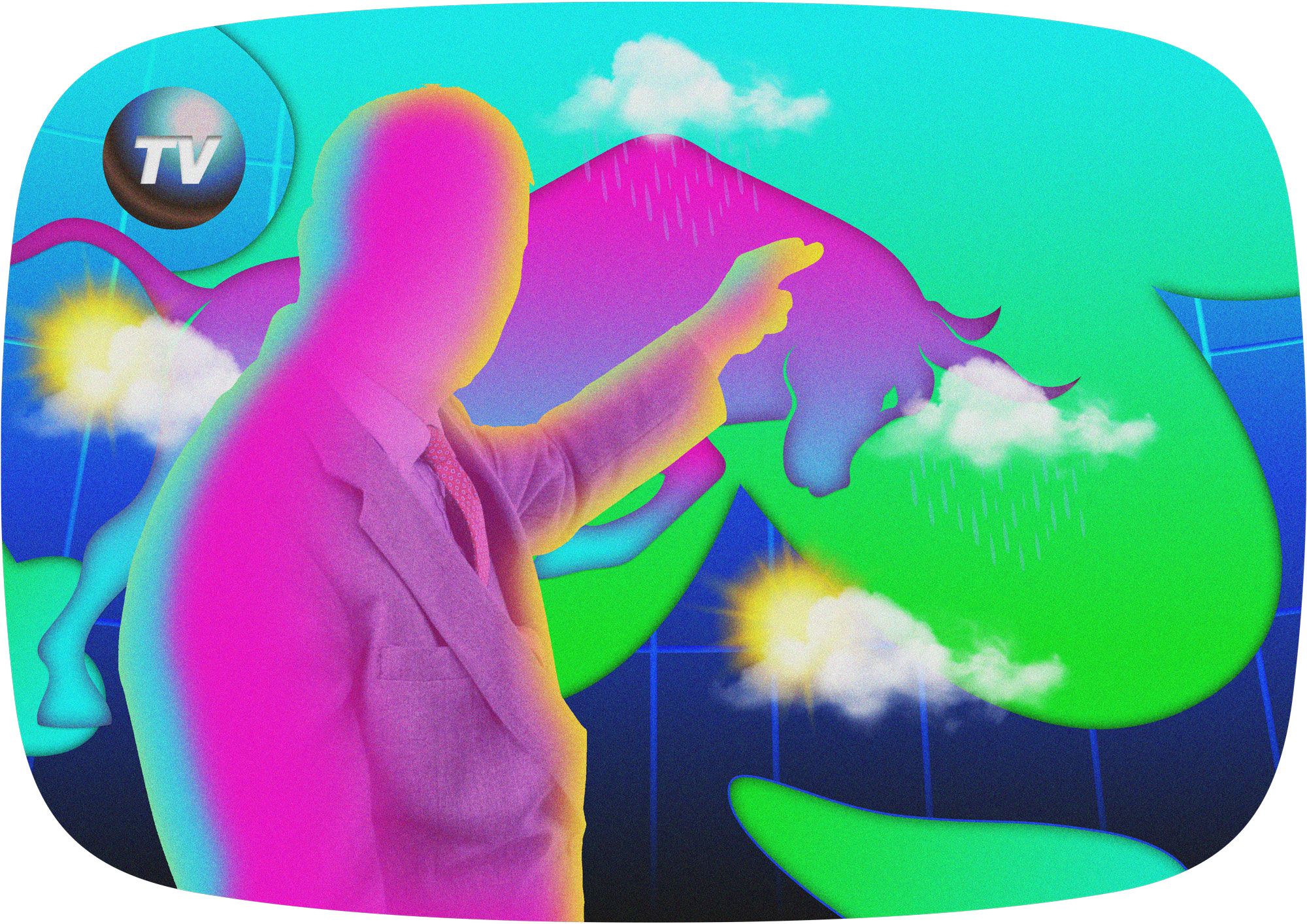
If I told you that you should be able to send money to anyone anywhere instantly for as cheap as possible, you would probably agree. But the technical functionality and creative potential for Web3 was thwarted by its most absurd expressions. When the average person thinks about crypto, they don’t think about nationless, permissionless systems; they think about apes and Elon Musk. When things were good, you didn’t need to understand the technology to participate, and this created the opportunity for the average person to get involved without deeply considering what version of the future they might be supporting. Rather than consider the validity of a project, people assessed its ability to perform as a commodity in a market they assumed would only continue to grow. The more money there was in crypto, the less the average person worried about where it was going.
In the midst of lockdown and in the face of uncertainty, Web3 became the carrot on the stick for people looking for something to believe in—a frayed vision of the future, blurry enough to accommodate any and all who claimed to be a part of it.
Web2 was all about advancing the surface-level infrastructure of the internet—taking the potential of an innately chaotic system and trying to make it linear enough for the average person to use. Consumer-grade technologies running on enterprise systems centralized in large data centers allowed people to become more connected through WordPress sites and social media. Web2 evolved the internet into a populist tool, allowing each of us to share opinions, trade ideas, and speculate on the future. Simultaneously, the commingling of economies, cultures, and products gave rise to a surplus of information so conflicting and absurd it made any single ongoing narrative untenable. In the midst of lockdown and in the face of uncertainty, Web3 became the carrot on the stick for people looking for something to believe in—a frayed vision of the future, blurry enough to accommodate any and all who claimed to be a part of it.
On the other side of the crypto bust, during a global economic downturn, true believers and hardcore devs aren’t the only ones left in the room: there’s still a lot of corporate money and political interest remaining. But nobody wants to be the last man in a dead Discord server, and the dwindling presence of “ordinary people” means that the connective tissue between random NFT projects and the “future of finance” has dissolved. What was once a movement en masse now feels like a battleground for corporations and VCs trying to recoup and restructure. Retail money exiting the space only makes the frayed conflict between these interests more apparent.
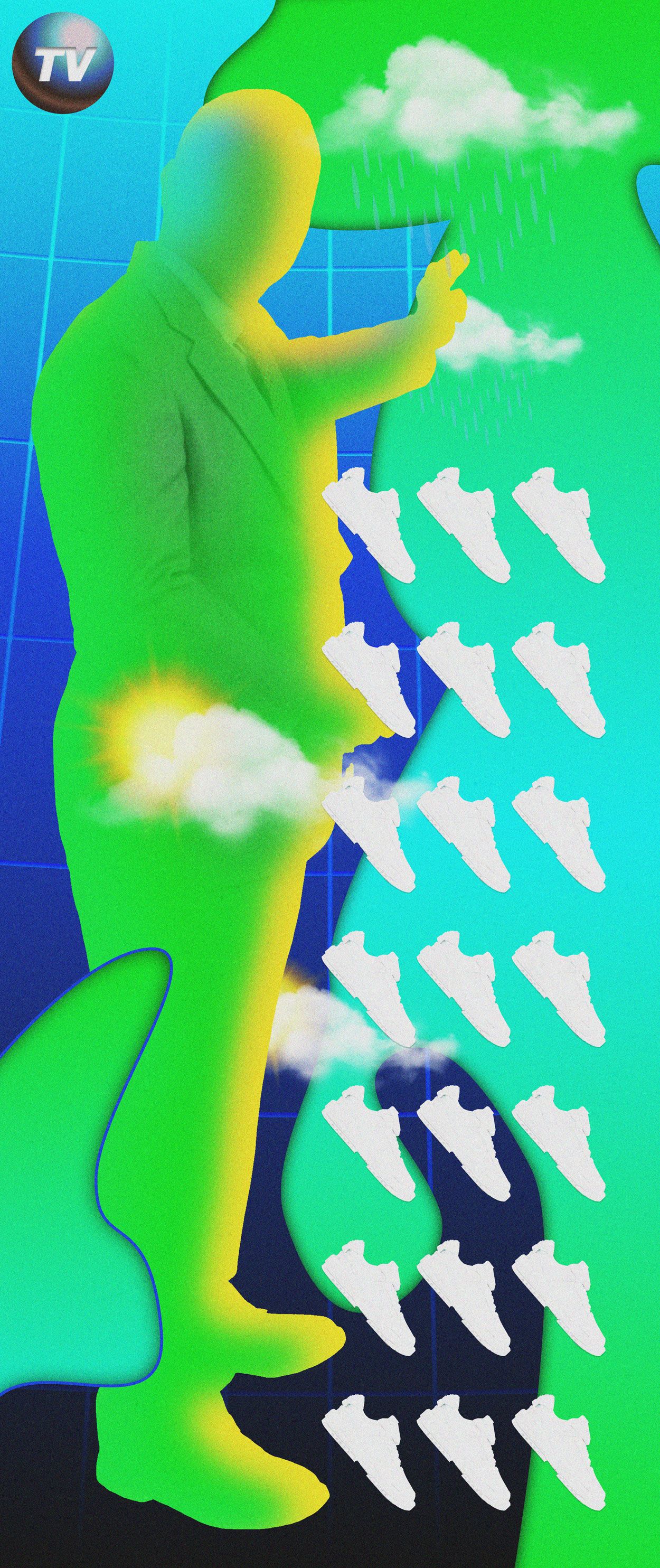
There’s a fine line between skepticism and pessimism, between optimism and desperation. Finding the sweet spot for new economies to emerge requires a public that’s skeptical enough to fundamentally reconsider what value means to them, but optimistic enough to believe something new can take its place. The problem is that the conditions that lead to this kind of rethinking are often so frenzied and volatile that they quickly fall apart. Too many cooks and too many kitchens. People were euphoric about the money they could make during the bull run, and now they are traumatized about what they’ve lost in the bear market. Without the public’s involvement, the incoherence of the Web3 narrative is laid bare.
When the narrative is fragmented you have to manage your risk. For a long time, people talked about crypto as a kind of hedge against the fading establishment, money you could rely on if the state failed. When people are euphoric, those narratives can take hold no matter how messy they are. But the unraveling of traditional finance was the ultimate rugging—and in the scramble to find a foothold in a weak economy, people quickly sold off the new future they claimed to believe in.
We’re feeling the impact of failed attempts to shift the most fixed parts of our culture. The crypto bubble burst. The police remain funded. COVID-19 never went away. Our hopes and dreams for a more progressive economy, or an end to a war, are replaced by pessimism and a taste for absurdity. It’s a real “anything-can-happen” moment in finance, faith, and futures, which is ironically what fueled the Web3 gold rush to begin with.
In a climate where faith in traditional narratives is easy to debunk as simping, cringe, or naive, it makes sense for people to be critical and seek out what’s next. Yet, being bombarded with everyone’s perspective on everything means making a decision about where to invest or what to believe. It's almost like picking at random from an endless array of choices. Where people were once married to their jobs and countries, now they have several part-time gigs and hold numerous competing speculative currencies. Sneakers, playing cards, and NFTs are all examples of a fraying narrative, a series of vaguely correlated attempts to redistribute value into random objects and pixels in order to give the average person the chance to “make it.”
In a way, failure is the best way to unify a narrative that’s frayed. Like burning the ends of a nylon rope, the brutal decline of a market has an equalizing effect on participants. It unifies them. And if not financially, then at least in terms of their shared perception that things have come to a halt. The end of an era gives people time to process what they’ve experienced, and this is good because it allows some of us to return to the next “cycle” a bit wiser. After all, exited participants are just sidelined—not out of the game entirely.
